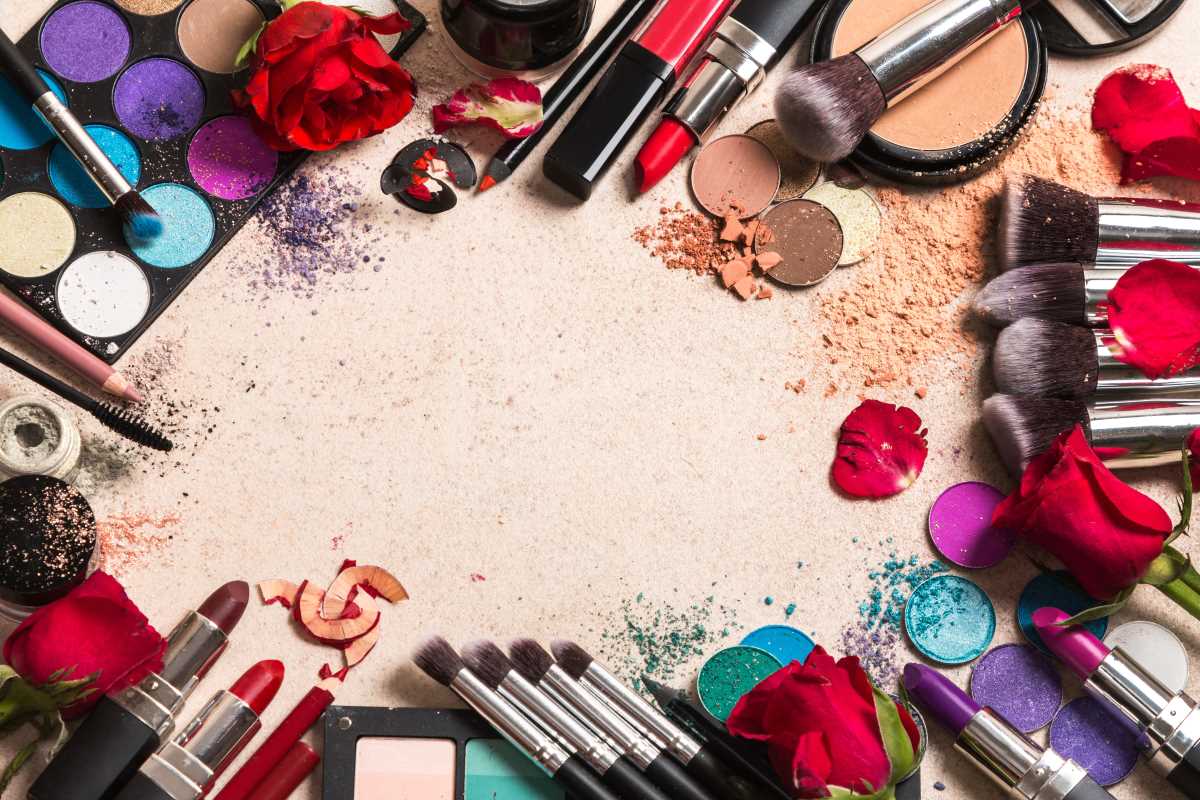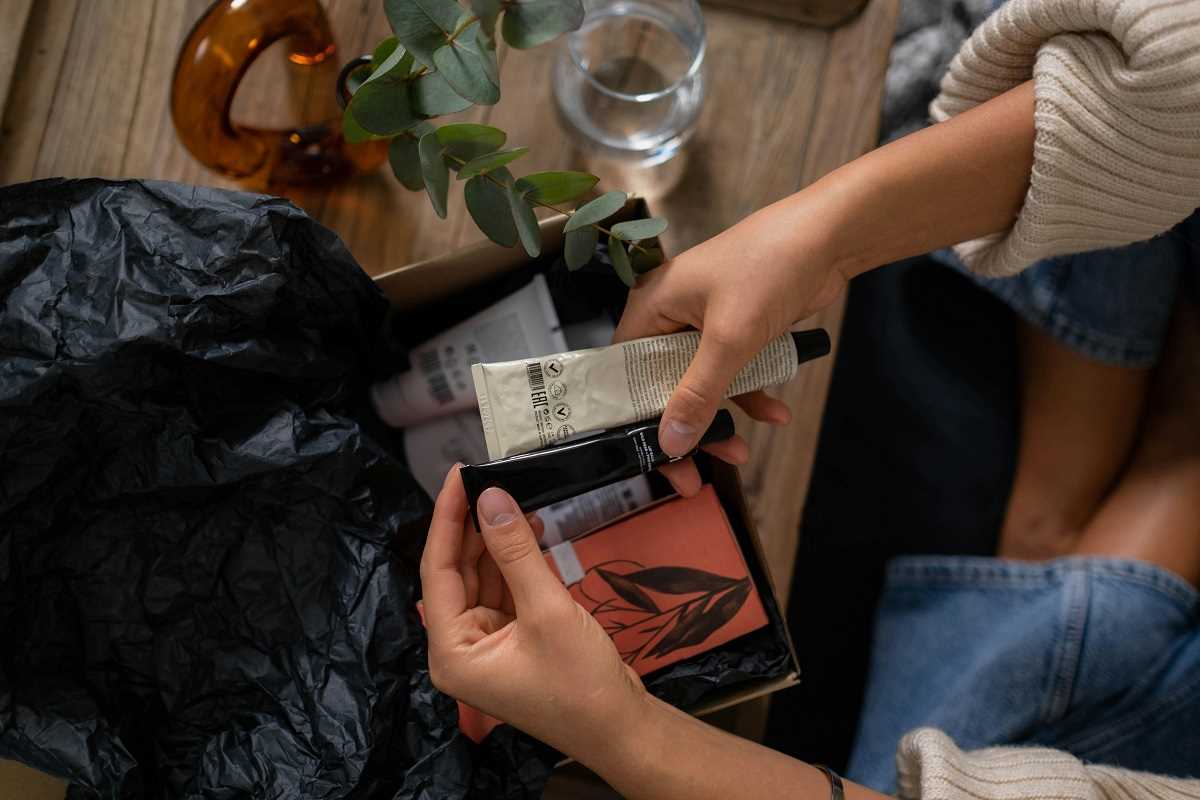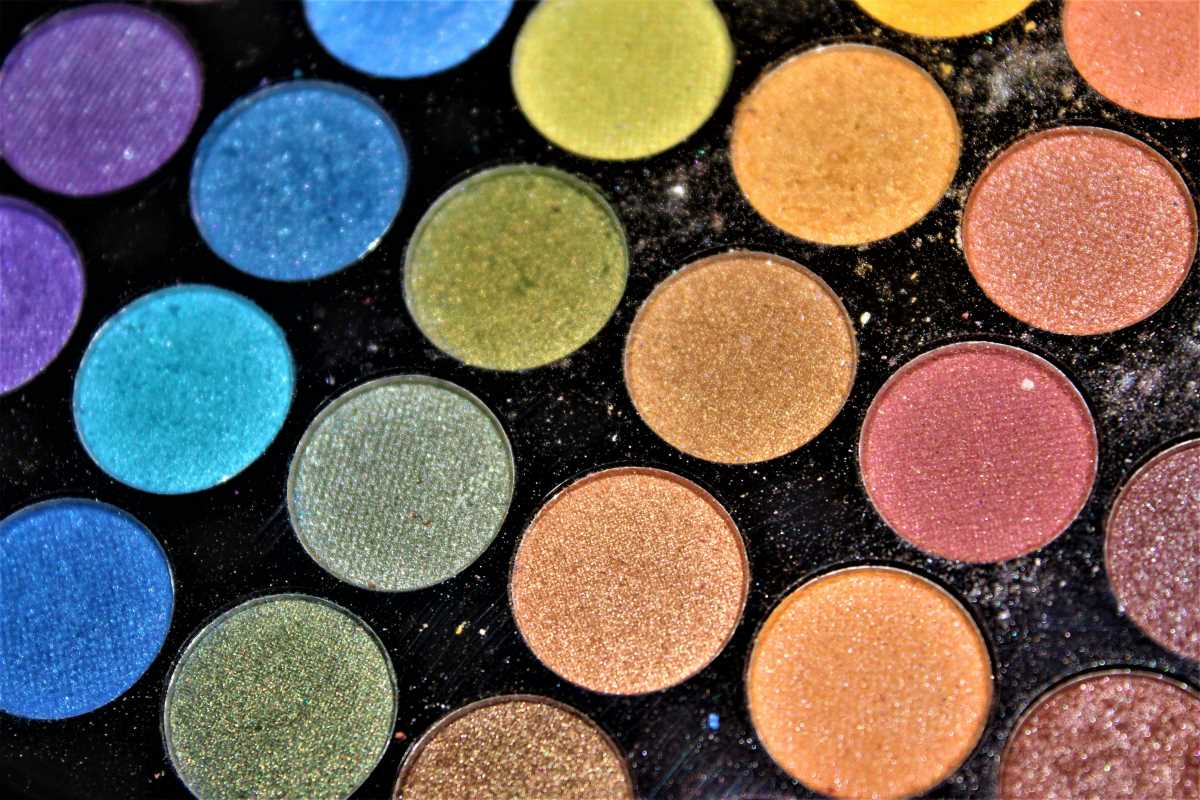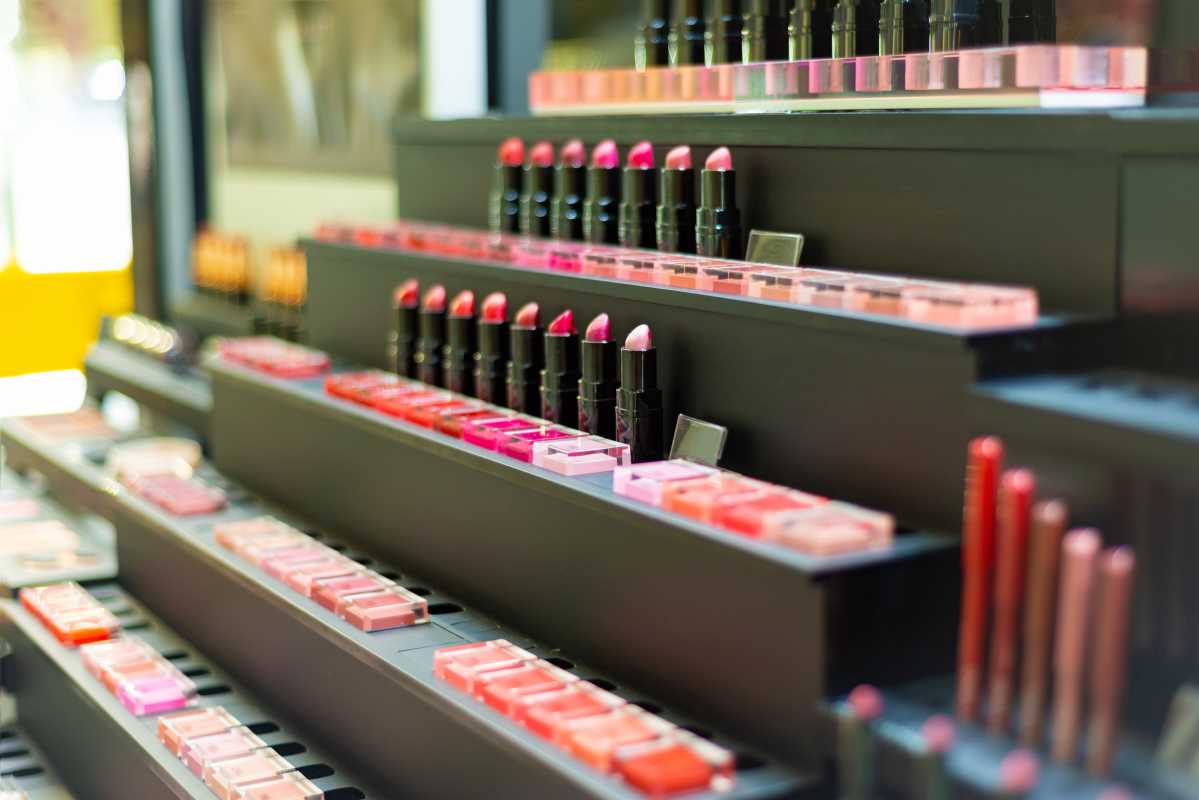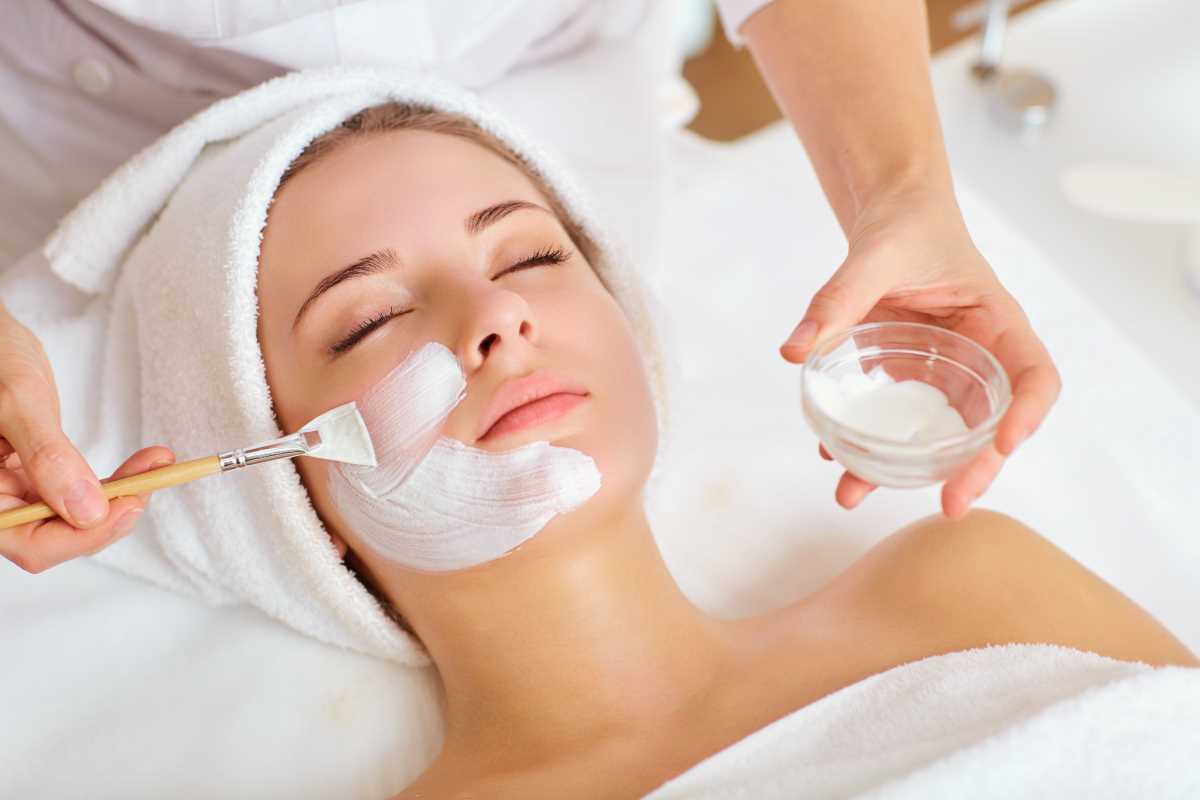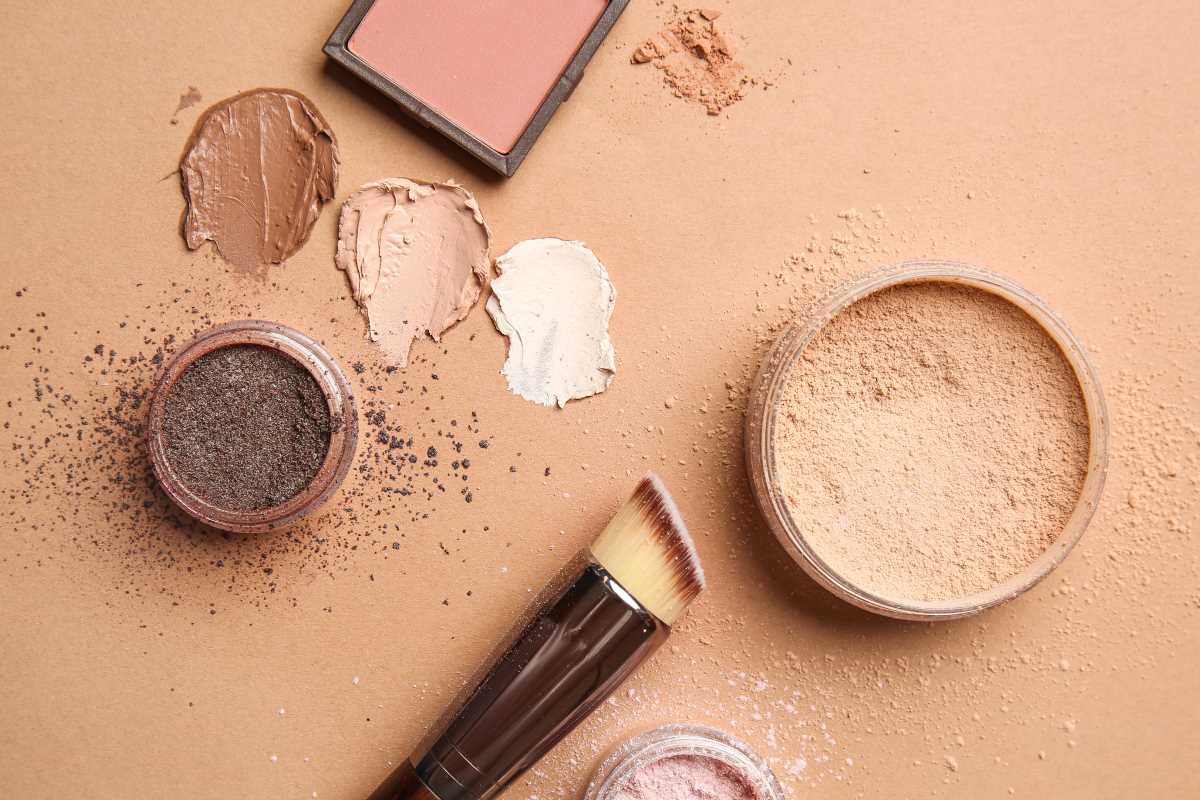Makeup removal is an essential part of any skincare routine, yet it is often overlooked or rushed. Properly removing makeup not only keeps your skin healthy but also allows other skincare products to work more effectively. This comprehensive guide will take you through the importance of makeup removal, various methods and products to use, and tips for ensuring your skin remains clean and radiant.
Why Makeup Removal is Essential
At the end of the day, your skin needs to breathe and recover from environmental stressors. Leaving makeup on overnight can clog pores, leading to breakouts, dullness, and premature aging. Makeup, combined with dirt, oil, and pollution that accumulate on your skin throughout the day, can create a breeding ground for bacteria. Removing makeup helps prevent various skin issues, including acne, dryness, and irritation. Additionally, makeup removal allows your skin to absorb serums, moisturizers, and treatments more effectively, enhancing the benefits of your skincare routine.
Understanding Your Skin Type
Before diving into makeup removal methods, it’s essential to understand your skin type. Different skin types require different approaches to ensure that your skin remains balanced and healthy.
- Oily Skin: If you have oily skin, look for makeup removers that are oil-free and can help control excess sebum. Gel-based cleansers or micellar water formulated for oily skin are excellent choices.
- Dry Skin: For dry skin, opt for creamy or oil-based makeup removers that hydrate while effectively removing makeup. Look for products that contain nourishing ingredients like jojoba oil or shea butter.
- Combination Skin: If you have combination skin, a gentle, balanced cleanser that effectively removes makeup without stripping your skin of moisture is ideal.
- Sensitive Skin: Those with sensitive skin should use fragrance-free and hypoallergenic products. Micellar water or gentle cleansing oils are usually well-tolerated.
Makeup Removal Methods
There are several effective methods for removing makeup, and the right choice often depends on your preferences and skin type. Here’s a breakdown of the most popular options:
- Cleansing Wipes: Cleansing wipes offer a quick and convenient solution for makeup removal, especially for travel or when you’re short on time. Simply pull a wipe from the package and gently wipe over your face until all makeup is removed. However, while they are handy, they can sometimes be less effective at removing heavy makeup and may leave residues. For best results, follow up with a gentle cleanser to remove any leftover product.
- Micellar Water: Micellar water is a versatile and effective makeup remover. It contains tiny micelles, which are oil molecules suspended in water. To use, soak a cotton pad with micellar water and gently wipe it over your face. This method is excellent for all skin types, as it cleanses without harsh rubbing. It’s also effective for removing eye makeup, though you may want to use a separate product for stubborn waterproof formulas.
- Oil-Based Cleaners: Oil-based makeup removers work wonders for removing heavy and long-lasting makeup. They break down makeup effectively while nourishing the skin. To use, apply the oil to dry skin and gently massage it in. Add a bit of water to emulsify the oil, then rinse thoroughly. This method is particularly beneficial for dry skin, as it won’t strip your skin of moisture.
- Cream or Lotion Cleansers: Cream or lotion cleansers are another effective option, especially for those with dry or sensitive skin. These formulations provide hydration while removing makeup. Apply a small amount to dry skin and gently massage it in, then rinse off with water. Follow up with a toner for added cleansing benefits.
- Cleansing Balms: Cleansing balms have gained popularity in recent years due to their effective makeup removal properties. They start as solid balms and melt into an oil when massaged into the skin. To use, scoop a small amount and rub it between your palms to warm it up before applying it to your face. After massaging for a minute, rinse off with warm water. Cleansing balms are especially great for all skin types, providing a thorough cleanse without stripping moisture.
- Double Cleansing: Double cleansing is a two-step process that involves using an oil-based cleanser followed by a water-based cleanser. This method ensures that all makeup and impurities are thoroughly removed. Start with an oil-based cleanser to dissolve makeup, and then follow up with a gentle foaming or gel cleanser to remove any remaining residue. This technique is especially effective for those who wear heavy makeup or live in polluted areas.
Tools for Makeup Removal
Using the right tools can enhance your makeup removal process. Here are some tools to consider:
- Cotton Pads and Balls: Cotton pads and balls are essential for applying liquid makeup removers like micellar water or toners. Opt for organic cotton pads if you have sensitive skin to avoid irritation.
- Facial Cloths: Microfiber or soft facial cloths can be used with your favorite cleanser to gently scrub away makeup. They are reusable and environmentally friendly, making them a sustainable choice.
- Silicone Cleansing Brushes: Silicone cleansing brushes can help remove makeup more effectively. They provide gentle exfoliation while ensuring a deep cleanse. Pair them with your preferred cleanser for a more thorough wash.
- Facial Sponges: Natural sponges, like konjac sponges, can be used alongside cleansers for gentle exfoliation and effective makeup removal. They’re soft and suitable for all skin types, especially sensitive skin.
Tips for Effective Makeup Removal
To ensure that you’re removing makeup effectively, here are some handy tips to incorporate into your routine:
- Be Gentle: Avoid tugging or pulling at the skin, especially around the delicate eye area. Use soft motions and let the product do the work.
- Take Your Time: Rushing through makeup removal can lead to residue being left behind. Spend a few extra minutes to ensure that every trace of makeup is removed.
- Follow Up with a Cleanser: Even if you use a makeup remover, it’s beneficial to follow up with a gentle cleanser to ensure that your skin is thoroughly clean.
- Use Separate Products for Eye Makeup: If you wear waterproof mascara or heavy eye makeup, consider using a dedicated eye makeup remover to avoid irritation and effectively dissolve stubborn products.
- Hydrate After Removal: Follow up your makeup removal with a hydrating toner or serum to replenish your skin’s moisture levels.
- Stay Consistent: Make makeup removal a non-negotiable part of your nightly routine. Consistency is key to maintaining healthy skin.
Common Mistakes to Avoid
While makeup removal is straightforward, there are some common mistakes that can hinder your skincare routine:
- Skipping Removal: Never skip makeup removal, even if you’re exhausted. It can lead to clogged pores and breakouts.
- Using Harsh Products: Avoid makeup removers that contain alcohol or harsh chemicals, as these can strip the skin and lead to irritation.
- Not Rinsing Properly: Failing to rinse thoroughly after using cleansing products can leave residues that may irritate the skin.
- Neglecting Your Neck and Décolletage: Makeup can settle on your neck and chest area, so be sure to extend your cleansing routine beyond just your face.
 (Image via
(Image via